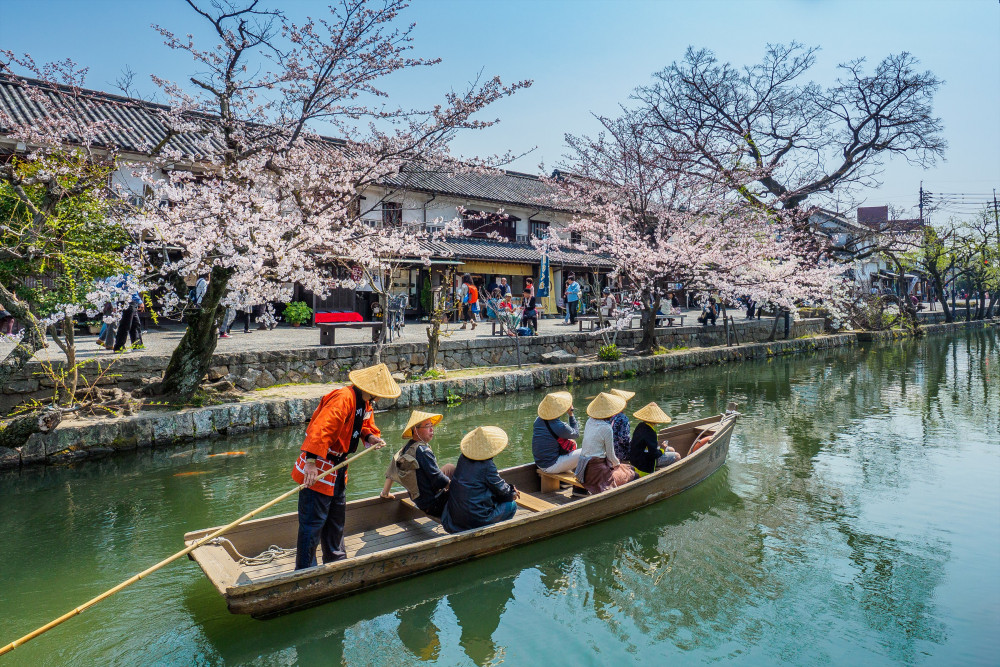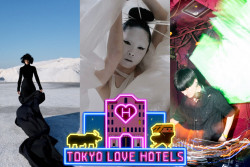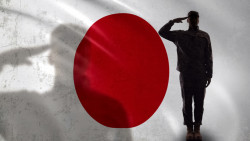
February 21, 2025
Expo 2025 Osaka, Kansai: What You Need to Know
Your gateway to exploring Japan’s hidden gems
The countdown is on until Expo 2025 Osaka, Kansai kicks off, bringing with it six months of cutting-edge innovation, cultural showcases, and conversations about the future of society. This isn’t just an expo—it’s a massive, international think tank with 158 participating countries and organizations sharing ideas on how we can “Design Future Society for Our Lives.”
Visitors will be spending lots of time inside the venue, but there’s also so much to see and do beyond the EXpo itself. Japan National Tourism Organization (JNTO) is pushing its Expo + Tourism initiative, giving travelers a reason to explore beyond Osaka’s Yumeshima Island and discover a side of Japan that doesn’t always make the guidebooks.
What to Expect at Expo 2025 Osaka, Kansai
The expo’s theme might sound grand, but it boils down to three big ideas:
- Saving Lives: Medical advances, environmental sustainability, and disaster prevention tech.
- Empowering Lives: Innovation that improves daily life, from AI to accessibility solutions.
- Connecting Lives: Fostering international cooperation through culture, education, and digital communication.
If you’re into futuristic gadgets, sustainability, or just seeing what the world’s top minds are cooking up, this is the place to be.
Highlights to Check Out
- National Pavilions: With 158 countries and nine international organizations represented, expect a mix of cutting-edge tech and cultural showcases.
- Signature Pavilions: Eight uniquely themed spaces exploring different aspects of the expo’s vision.
- Domestic Pavilions: Japan is bringing its A-game with high-tech showcases like the Osaka Healthcare Pavilion and the Women’s Pavilion (in collaboration with Cartier).
- Events & Celebrations: From traditional performances to cutting-edge digital art displays, there’s something happening daily.
Beyond the Expo: Where to Go Next
If you’re making the trip to Osaka, why stop there? JNTO is promoting Expo + Tourism, which connects the event’s themes with real-world travel experiences across Japan. Here are three must-visit spots:

1. Daisen, Tottori Prefecture (Saving Lives)
Daisen offers hiking trails through beech forests, plus a visit to Ogamiyama Shrine Okunomiya, home to Japan’s longest natural stone-paved pathway. If your idea of a good time includes fresh mountain air and some deep breaths away from city noise, this is worth the detour.

2. Ama Hut Experience, Mie Prefecture (Empowering Lives)
In Toba City’s Shima-cho Osatsu, Japan’s Ama (female free divers) have been diving for over 2,000 years. At an Ama Hut, visitors can hear firsthand about their traditions while snacking on freshly caught seafood. If you like your history with a side of grilled shellfish, this is for you.

3. Kurashiki Bikan Historical Quarter, Okayama (Connecting Lives)
This preserved Edo-period district is famous for its white-walled storehouses and willow-lined canals. It’s one of those places where you start by taking a few photos, then suddenly two hours have passed and you’re knee-deep in a local museum.
How to Plan Your Trip
Check out JNTO’s Expo 2025 page for more information and our Hotel page for accommodation.







